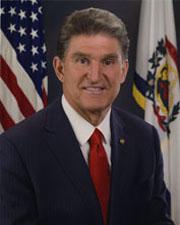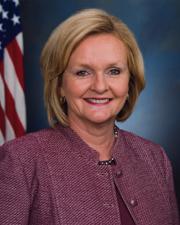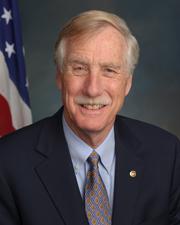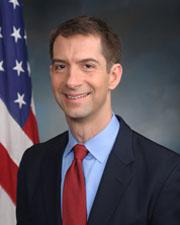0
Prescription Drug Abuse Prevention and Treatment Act of 2015
1/11/2023, 1:31 PM
Congressional Summary of S 1431
Prescription Drug Abuse Prevention and Treatment Act of 2015
This bill amends the Public Health Service Act to require the Substance Abuse and Mental Health Services Administration (SAMHSA) to award grants for consumer education about opioid abuse. (Opioids are drugs with effects similar to opium, such as heroin or certain prescription painkillers.)
This bill amends the Controlled Substances Act to require medical practitioners to be trained in the treatment of opioid-dependent patients, pain management, and early detection of opioid addiction before they can be registered by the Drug Enforcement Administration to dispense opioids.
Opioid treatment programs that close on any day must make arrangements for each patient to receive treatment during the closure, as necessary.
A report must be submitted to SAMHSA for each individual who dies while receiving treatment in an opioid treatment program. In states receiving funding for controlled substance monitoring programs, deaths where an opioid drug is detected in the body must be reported to SAMHSA.
The National Center for Health Statistics of the Centers for Disease Control and Prevention must establish a National Opioid Death Registry to track opioid-related deaths.
The Agency for Healthcare Research and Quality must develop and apply prescription drug abuse prevention and treatment quality measures.
This bill amends part D (Voluntary Prescription Drug Benefit Program) of title XVIII (Medicare) of the Social Security Act to allow prescription drug plan (PDP) sponsors to limit the access of certain beneficiaries to frequently abused drugs. PDP sponsors must have a utilization management tool to prevent drug abuse.
Medicare Drug Integrity Contractors may accept prescription and medical records to determine whether a beneficiary is at risk for prescription drug abuse.




